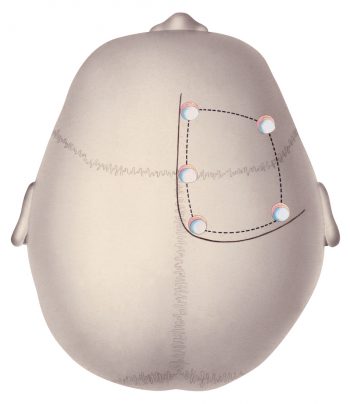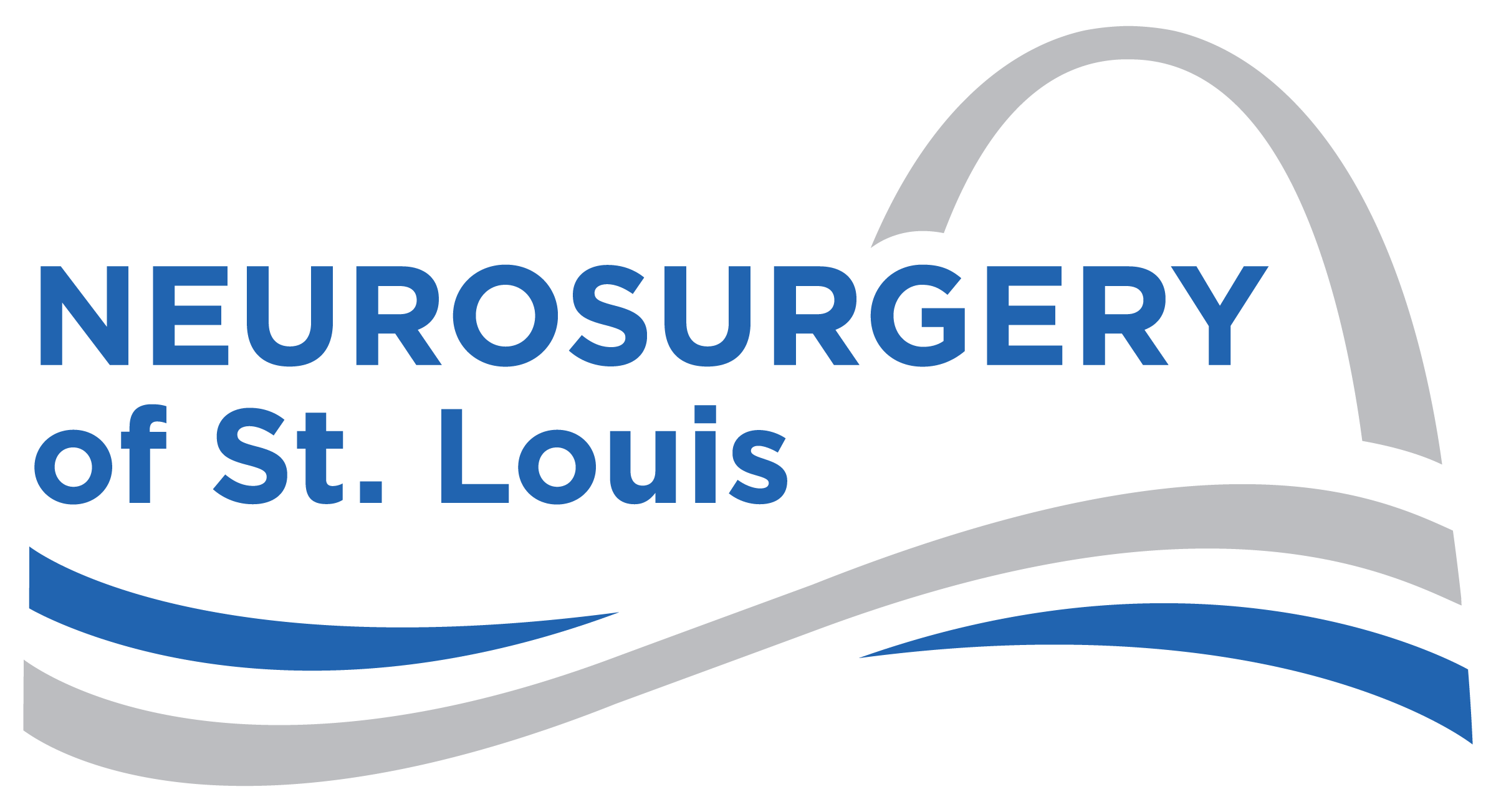Removal of a Brain Tumor
Brain Tumors are typically removed by doing a Craniotomy.

What is a Craniotomy?
Craniotomy is a surgical procedure in which part of the skull is removed in order to view the brain. After the surgery is performed to remove the brain tumor, the bone flap is reattached back to the skull using small titanium plates.
Surgery is often the most effective way to treat many brain tumors, whether they are benign or malignant. Craniotomies are designated or named by the bone that is removed. A frontotemporal, parietal, temporal, or suboccipital craniotomy are examples of craniotomies done to remove brain tumors from different areas of the brain.
Depending on the location of the tumor, complete removal may be difficult. However, even if the entire tumor cannot be removed, surgery can relieve symptoms and help reduce pressure within the brain. If the tumor has been only partially removed, additional treatment such as radiation therapy may be required to destroy any remaining tumor cells or to try and prevent further growth.
In some situations, a tumor may be too difficult to remove, thus a biopsy of the tumor would be done instead of tumor removal, in order to confirm a diagnosis.
What does Navigation or Stereotactic mean?
In order to accurately access the tumor and reduce the risk of damage to healthy brain tissue, imaging devices may be used to help guide the surgeon. Known as a stereotactic craniotomy, scans are taken that create a three-dimensional image of the brain. A computer provides a navigation system to safely route the surgeon to the precise location of the tumor. This navigation image acts as a roadmap or GPS for the surgeon.

Learn More About Craniotomy for Brain Tumors
Recovery
Post-craniotomy, a patient usually has a headache for a few days, and can feel tired or weak. Most patients spend between 3 and 7 days in the hospital, but specific recovery times vary. Pain medication is prescribed in order to relieve symptoms and promote healing. Restrictions will be placed on driving, lifting, and many common daily activities until the patient is cleared by the surgeon.
Usually the plan is for patients to return home after surgery. Surgery to treat a brain tumor is complex, and not without risks and potential complications. Some risks are related to the specific location being operated on. If, for example, the area of the brain being operated on controls speech, then speech may be affected. Aside from the usual surgical risks of infection, bleeding, and wound issues, other risks specific to craniotomy include swelling and accumulation of fluid, which can lead to brain damage and other serious complications. Surgery can also damage healthy brain tissue, causing problems walking, talking, or moving your arm or leg. If this is the case, sometimes physical therapy is required.
Additional Treatment After Surgery
If the brain tumor is determined to be malignant during the craniotomy, additional treatment may be necessary. Treatment may include radiation therapy to destroy malignant cells. Also chemotherapy, which involves the use of drugs administered intravenously or orally, may be recommended along with radiation therapy.
Contact Us
- Contact Us
Ready to learn more? Contact us today to get started.
Make an Appointment
New & Existing Patients: Request An Appointment
New and existing patients may request an appointment by filling out the form below. Someone from our team will be contacting you to schedule an appointment time.

